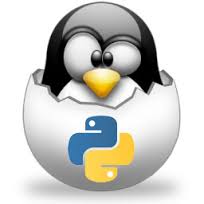|
CS 3721 Programming Languages Spring 2014 | |
Recitation 3.
Semantic Actions
| ||
Week 3: Jan 28-30
| ||
Submit following directions at:
submissions
and rules at:
rules.
Deadlines are:
|
Semantic Actions and MIPS Assembly Language: Study the pages:
Semantic Actions
- Study the the page Semantic Actions.
This problem asks you to do the same things as Part 1 of that page,
the part that translates to RPN.
Use the grammar and example from Problem 2 of Recitation 2.
Assume the four ids in the sentence from Problem 2
is tagged with
a, b, c, and d, in that order, as
shown below:
Input sentence with tags $ id + id * id ^ id $ | | | | a b c d
Grammar: Arithmetic Expressions P −−> E E −−> E + T E −−> E - T E −−> T T −−> T * S T −−> T / S T −−> S S −−> F ^ S S −−> F F −−> ( E ) F −−> id
- This problem asks you to do the same things as Part 2 of the Semantic Actions page, the part that translates to a simple intermediate code. Again add semantic actions the grammar so that it will generate similar intermediate code similar to that on the Semantics Page. You can mostly use the same semantic actions given there, except that you need similar ones for the operator ^. You should end up with complete actions beside each grammar rule: Again modify your answer to Problem 2 of Recitation 2 so that you show the results of the semantic actions, which should be the input expression rewritten as a sequence of intermediate code instructions.
MIPS Assembler Language
- Translate the
following sequence of assignments into MIPS and print the
final value stored in e.
Translate to MIPS a = 8 * 2; b = 7 * a; c = b + 1; d = a / c; e = 3 + d; (print value of e)
|
| |||||||||||||||||||||||||||||||||||||||||||||||||||||||||||||||||||||||||||||||||||||||||||||||
| Printing Value of 80($s1), or a |
|---|
# Print value in a
li $v0, 3
l.d $f12, 80($s1)
syscall
# Print NewL as ASCII char
li $v0, 4
la $a0, NewL
syscall
|
Revision date: 2014-01-27. (Please use ISO 8601, the International Standard.)
